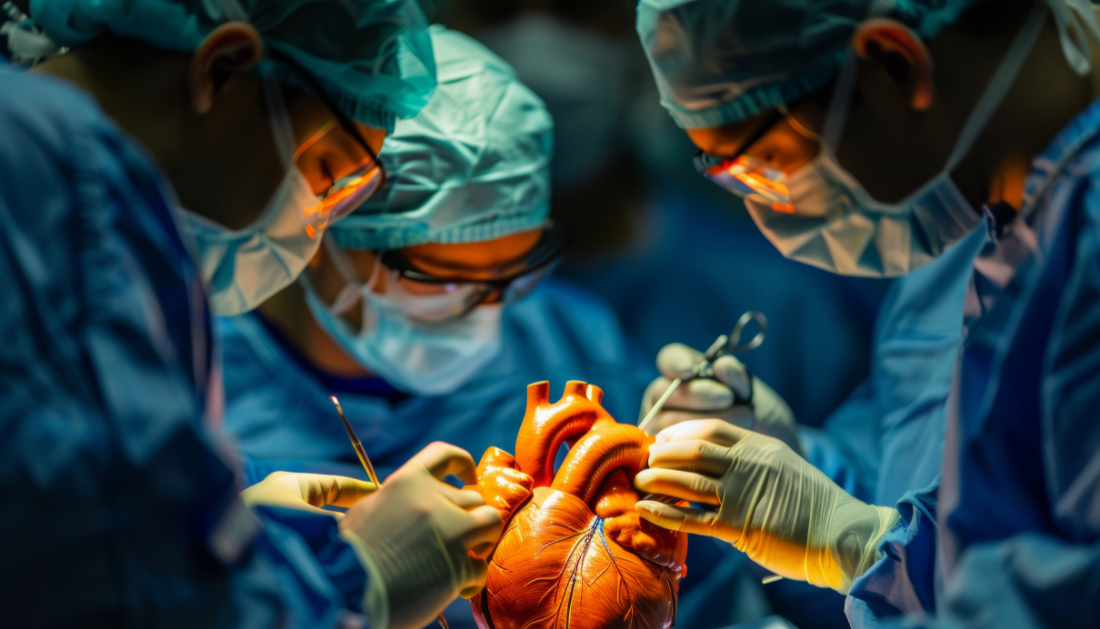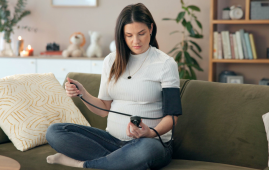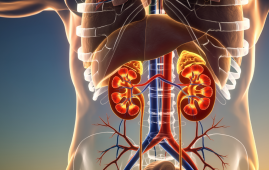

Late-breaking study presented in a Hot Line session today at ESC Congress 2024 shows no difference in problems between patients who fasted or did not fast before cardiac catheterization procedures requiring conscious sedation.
“Fasting before a cardiac catheterization procedure has been recommended to reduce the risk of inhaling the stomach contents and developing aspiration pneumonia. However, for procedures in the catheterization lab, fasting may not reduce aspiration risk and there are downsides, such as patient discomfort, water depletion, poor blood sugar control and unnecessary fasting for delayed/cancelled procedures. In the SCOFF trial, we were able to show no increased risk of complications with normal eating and that is good news for patients and for healthcare professionals.”- Dr. David Ferreira, Principal Investigator, John Hunter Hospital, Newcastle, Australia
With a prospective open-label, blinded endpoint design, the investigator-initiated, randomised SCOFF study evaluated the non-inferiority of not fasting before cardiac catheterization laboratory operations requiring conscious sedation. We selected patients who had been referred for procedures related to cardiac implantable electronic devices, coronary angiography, or coronary intervention. Before the procedure, they were randomly assigned 1:1 to either fast (no solid food for 6 hours and no clear liquids for 2 hours) or not fast (the patient was encouraged to eat regularly, but this was not required).
Using a Bayesian approach, the primary composite outcome was hypotension, aspiration pneumonia, hyperglycemia, and hypoglycemia. Nephropathy caused by contrast, new intensive care unit admissions, new ventilation needs following the surgery, 30-day readmissions, 30-day mortality, 30-day pneumonia, and pre-procedure patient satisfaction were among the secondary outcomes.
A total of 716 patients were enlisted from six locations in Australia’s New South Wales. With a 69-year-old mean age, 35% of the population was female. As predicted, the duration of the fasts was greater when they were followed by clear liquid fasting (7.0 hours vs. 2.4 hours) and solid fasting (13.2 hours vs. 3.0 hours).
12.0% of the no-fasting group and 19.1% of the fasting group experienced the primary composite result. The estimate of the mean posterior difference in an intention to treat analysis was −5.2% (95% confidence interval [CI] −9.6 to −0.9), favoring the absence of fasting. With a probability greater than 99.5% and a non-inferiority margin of 3%, this result verified the non-inferiority of not fasting. With a probability of 99.1%, there was also a chance that not fasting would be preferable to fasting for the main result. The group that did not fast had an absolute risk difference of 7.1%, and 14.1 was the number needed to treat in order to avoid one primary outcome event.
Analysis of secondary outcome events showed no discernible differences between fasting and non-fasting conditions. On a questionnaire, patient satisfaction was considerably higher when they did not fast than when they did. A lower score denotes more contentment (posterior mean difference, 4.02 points; 95% CI 3.36 to 4.67; Bayes factor ≥100).
“Taken together with data from the CHOW-NOW, TONIC and the Fast-CIED trials and from various observational studies, there is now a strong case that fasting is not needed in patients undergoing these types of procedures. Removing fasting has been consistently shown to be safe, patients often prefer not to fast and there are logistical benefits to the healthcare system if patients can eat and drink normally. With this new evidence, I think it is now time to reconsider fasting requirements in clinical guidelines,” concluded Dr. Ferreira.
Source Link: European Society of Cardiology
more recommended stories
 Phage Therapy Study Reveals RNA-Based Infection Control
Phage Therapy Study Reveals RNA-Based Infection ControlKey Takeaways (Quick Summary) Researchers uncovered.
 Pelvic Floor Disorders: Treatable Yet Often Ignored
Pelvic Floor Disorders: Treatable Yet Often IgnoredKey Takeaways (Quick Summary) Pelvic floor.
 Urine-Based microRNA Aging Clock Predicts Biological Age
Urine-Based microRNA Aging Clock Predicts Biological AgeKey Takeaways (Quick Summary) Researchers developed.
 Circadian Control of Neutrophils in Myocardial Infarction
Circadian Control of Neutrophils in Myocardial InfarctionKey Takeaways for HCPs Neutrophil activity.
 E-Cigarette Use and Heart Attack Risk in Former Smokers
E-Cigarette Use and Heart Attack Risk in Former SmokersKey Takeaways for Clinicians and Nurses.
 36-Week Pre-eclampsia Screening May Reduce Term Risk
36-Week Pre-eclampsia Screening May Reduce Term RiskA New Preventive Strategy for Term.
 Cardiovascular Risk and Sudden Cardiac Death in Diabetes
Cardiovascular Risk and Sudden Cardiac Death in DiabetesRising Sudden Cardiac Death (SCD) Risk.
 Poor Kidney Function and Alzheimer’s Biomarkers Explained
Poor Kidney Function and Alzheimer’s Biomarkers ExplainedPoor kidney function may influence levels.
 Walking Speed Before Hip Replacement Predicts Recovery
Walking Speed Before Hip Replacement Predicts RecoveryNew Evidence Points to a Simple,.
 Neuroblastoma Drug Combo Extends Survival in Models
Neuroblastoma Drug Combo Extends Survival in ModelsA Promising Shift in High-Risk Neuroblastoma.

Leave a Comment